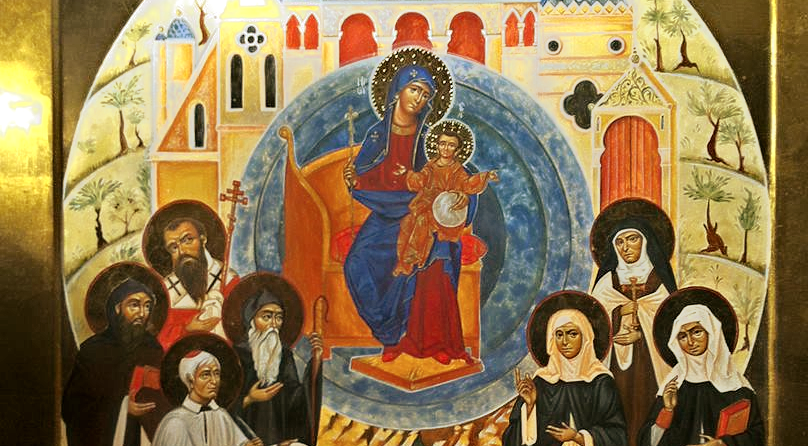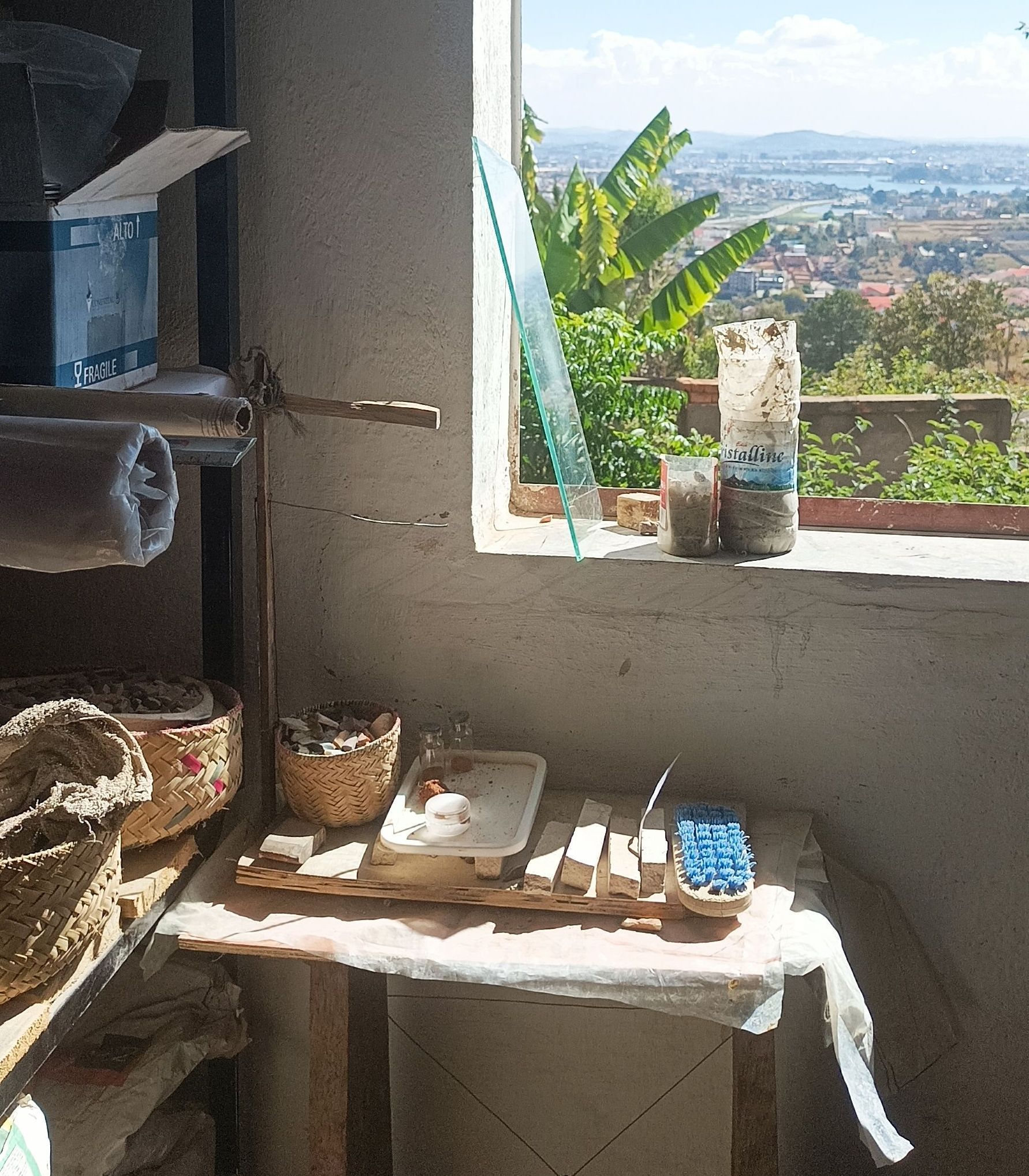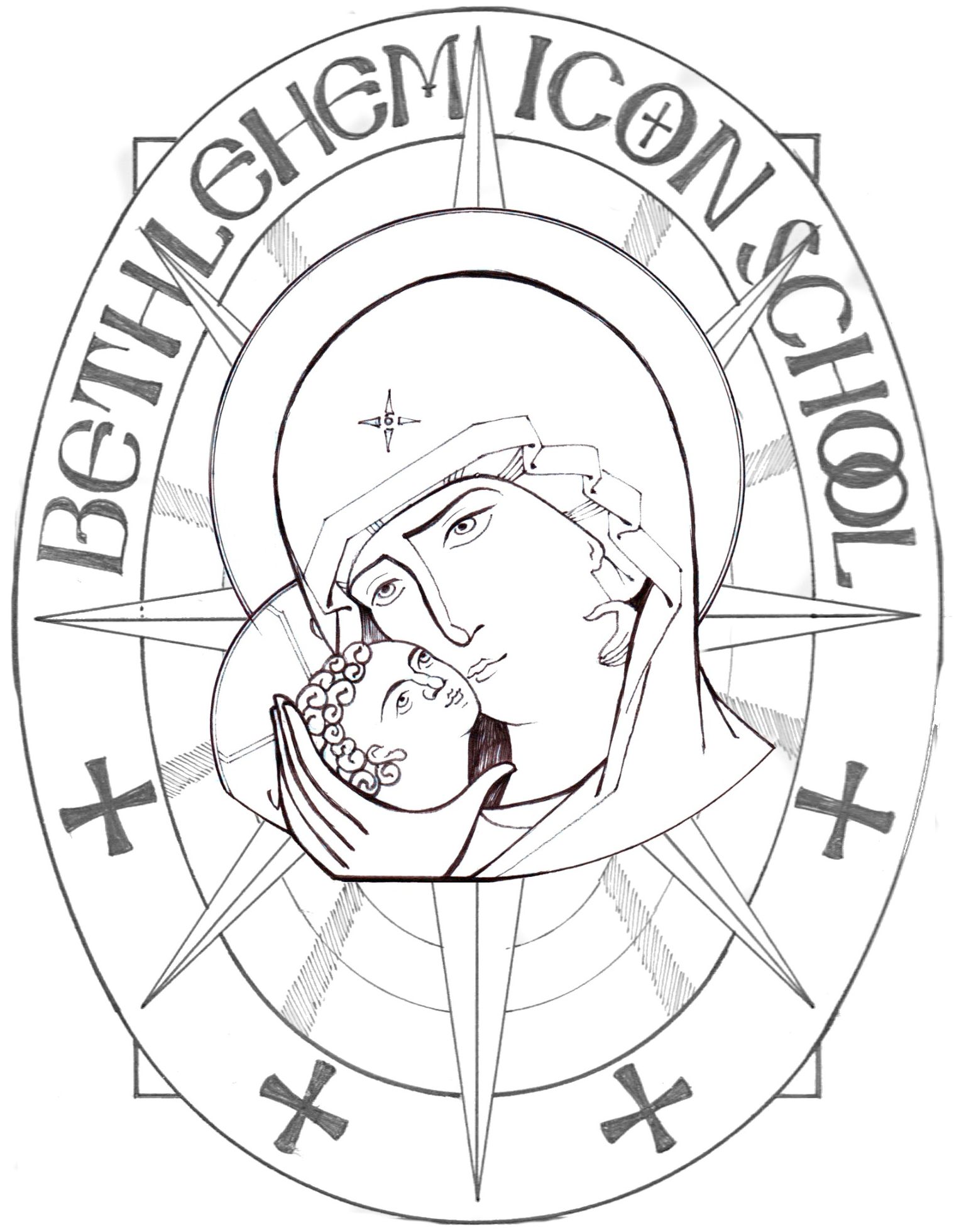On the edge...
Chaos, civilisation and love
The icon I painted above, is of Our Lady and the Patron saints of Europe, and Blessed John Henry Newman. It was a gift to the then Anglican Bishop of Europe, Geoffrey Rowell. It shows the Mother of God enthroned, herself a throne for her Son the Saviour Jesus Christ, within a mandorla of Divine Light. Around the throne gather the patron saints of Europe who in various ways bore testimony to the civilisation of love which Jesus came to establish among the peoples of the earth. Behind stands a church, a symbol of the People of God who gather as the redeemed in the House of Faith. The church is placed in a Garden, the new Paradise to which our sojourn on earth is directed and from which point the struggles and joys of life make sense.
In the all consuming cacophany of Brexit it is easy to loose perspective. Belonging to Europe is more than being a part of the EU, yet being part of the EU is something of a progression of the deeper current of development rooted in the evangelisation of the peoples of Europe. Brexit has reduced our Parliament to a babbling, incoherent and lost political dystopia where the issues are subsumed with plays for petty party advantage, a sounding box for hard core ideologues, and a playpen for the political class which has no idea where it is heading let alone supposedly leading us to. In other words, it is chaos.
Chaos is the antithesis of civilisation and the death knell of love. Chaos makes us afraid as we face annihilation, death, confusion, darkness. This was the situation western and northern Europe faced in the aftermath of the collapse of Roman power. The ravages of tribal marauding bands, Viking raids, and the rise of an ever warring feudal oligarchy plunged Europe into chaos. Some have even called it the Dark Ages. This imploding, segregated and violent time was challenged by the establishment and growth of the Christian Church. It gradually re-shaped this fragmenting Continent into a new, unified identity based around the Gospels, the Sacraments and the life of the Church.
The patron saints of Europe all testify to this deep movement towards civilisation, towards beauty, integrity and vitality. From Benedict and his movement of Benedictines to Benedicta of the Cross and her testimony in the midst of Nazism, theirs have been voices which have called and which the great peoples of Europe have responded and within which found their own particular greatness. In England it was the Benedictines which shaped generations of people around the vision of a world to come which transcended the petty realities of day to day life, which raised up vast public edifices of incredible beauty and which educated rich and poor alike. The values of Christ underpin the English process of law and the assertion of human rights embodied in such things as the Magna Carta.
However, these were elements of a deeper, wider movement of civilisation which pulled all of Europe towards a sense of unity and common purpose, all of which presaged an era of peace. Common ideals, shared goals, a sense of an identity as a Christian that transcended national or tribal bonds created open channels through which not just trade but also learning, art, architecture, music and the whole stuff of a flourishing humanity was able to flow creatively. While medieval Europe began as a blood drenched patchwork of tribes it rose to become a beacon of democracy, human rights and aspirations not of conquest but of peace between peoples. The EU is a fruit of such aspirations, however imperfect it might be.
Europe transitioned from being a series of conquering imperial powers to being a conglomeration of nations, which some wish to propel into a new super state. That is a shame, because rather than a unity in diversity, one which enables the richness of difference to flourish it suggests conformism and a new sort of European nationalism. Fortress Europe as some call it. The stifling of national identities and the imposition of this new European identity was I think a real political failure and it is largely to blame for the wide ranging rise of an ugly, xenophobic sort of populism. The genius of Christ inspired unity is that each person and group finds its own identity deepened, not extinguished. Crush that for a new dominant identity and you burst the movement apart, and back into chaos. It then is fertile ground for the likes of populist characters such as Boris Johnson who can make hay even while the rain pours.
The Brexit debate desperately needs to get re-grounded in the common European civilisation to which we belong not by virtue of any treaty but by virtue of our history and the beliefs we hold. If political discourse was fermented out of common grounding, if it was the fruit of re-engaging with the primal sources of our identity then a way forward that could command common respect should just be possible. May the saints of Europe pray for us!






